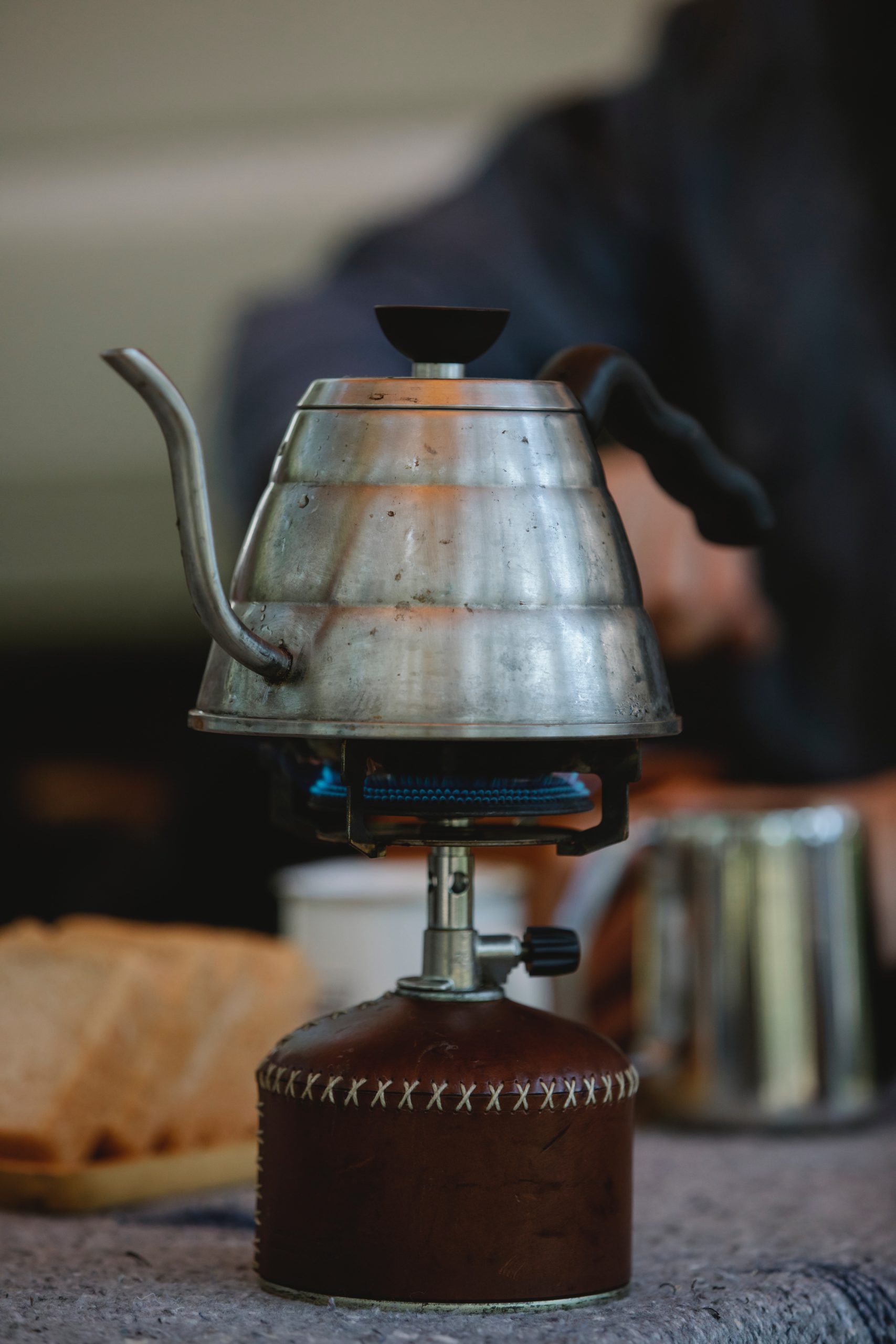[su_note note_color=”#ffe3e6″]This post contains affiliate links. Affiliate disclosure: As an Amazon Associate, we may earn commissions from qualifying purchases from Amazon.com and other Amazon websites.[/su_note]
Ladle of Contents
Key Takeaways:
- A kitchen skillet is a versatile and essential tool in every home cook’s arsenal.
- Skillets are available in various sizes, materials, and designs to suit different cooking needs.
- Cast iron skillets offer excellent heat retention and even cooking, but require proper seasoning and maintenance.
- Stainless steel skillets are durable, easy to clean, and offer excellent heat distribution.
- Non-stick skillets are ideal for low-fat cooking and easy cleanup, but require gentle utensils to prevent scratching.
- Consider the size, weight, and handle design when choosing a skillet for your kitchen.
- Proper care and maintenance, such as regular cleaning and seasoning, are crucial to prolonging the lifespan of your skillet.
Introduction
The kitchen skillet is an indispensable tool that unlocks a world of culinary possibilities. Whether you’re searing a steak, sautéing vegetables, or flipping pancakes, a high-quality skillet is a must-have in every home cook’s kitchen. In this article, we’ll explore the versatility of kitchen skillets, discuss different materials and designs, and provide essential tips for caring for your skillet.
Types of Kitchen Skillets
- Cast Iron Skillets: Known for their superior heat retention and even cooking, cast iron skillets are beloved by many chefs. They require proper seasoning to develop a non-stick surface and should be handled with care to prevent rust. With the right maintenance, a cast iron skillet can last for generations.
- Stainless Steel Skillets: Stainless steel skillets are durable, resistant to corrosion, and offer excellent heat distribution. They are easy to clean and maintain, making them a popular choice for many home cooks. Look for skillets with an aluminum or copper core for enhanced heat conductivity.
- Non-Stick Skillets: Non-stick skillets feature a coating that prevents food from sticking, making them ideal for low-fat cooking and easy cleanup. However, they require gentle utensils to avoid scratching the non-stick surface. Overheating or using metal utensils can damage the coating, so follow the manufacturer’s guidelines for proper usage and care.
Choosing the Right Kitchen Skillet
When selecting a kitchen skillet, consider the following factors:
- Size: Skillets come in various sizes, ranging from small pans for individual servings to larger ones for family meals. Choose a size that suits your cooking needs and the number of people you typically cook for.
- Weight: Consider the weight of the skillet, as heavier skillets may be more difficult to handle, especially when flipping or tossing ingredients. Opt for a weight that feels comfortable for you.
- Handle Design: Look for skillets with sturdy, heat-resistant handles that provide a secure grip. Handles that are riveted or welded to the pan offer better durability.
Caring for Your Kitchen Skillet
Proper care and maintenance are essential for maximizing the lifespan of your kitchen skillet:
- Regular Cleaning: Clean your skillet after each use to remove any food residues. For stainless steel and non-stick skillets, use mild dish soap and a soft sponge or cloth. For cast iron skillets, avoid using soap and opt for hot water and a brush to preserve the seasoning.
- Seasoning (For Cast Iron Skillets): Seasoning creates a natural non-stick surface on cast iron skillets. To season, coat the skillet with a thin layer of oil and heat it in the oven for an hour. Repeat this process periodically to maintain the seasoning.
- Avoid Harsh Scrubbing: Use non-abrasive sponges or brushes to clean your skillet. Avoid harsh scrubbing with steel wool or abrasive cleaners, as they can damage the surface.
- Store Properly: After cleaning, ensure your skillet is completely dry before storing it to prevent rust or moisture buildup. If stacking multiple skillets, place a protective liner or towel between them to avoid scratching.
Conclusion
A kitchen skillet is a versatile and indispensable tool for home cooks. Whether you prefer the heat retention of cast iron, the durability of stainless steel, or the convenience of non-stick, there’s a skillet to suit your cooking style. Remember to choose the right size, weight, and handle design, and take proper care of your skillet through regular cleaning and seasoning. With a well-maintained kitchen skillet, you can elevate your culinary creations and enjoy the art of cooking to the fullest.



